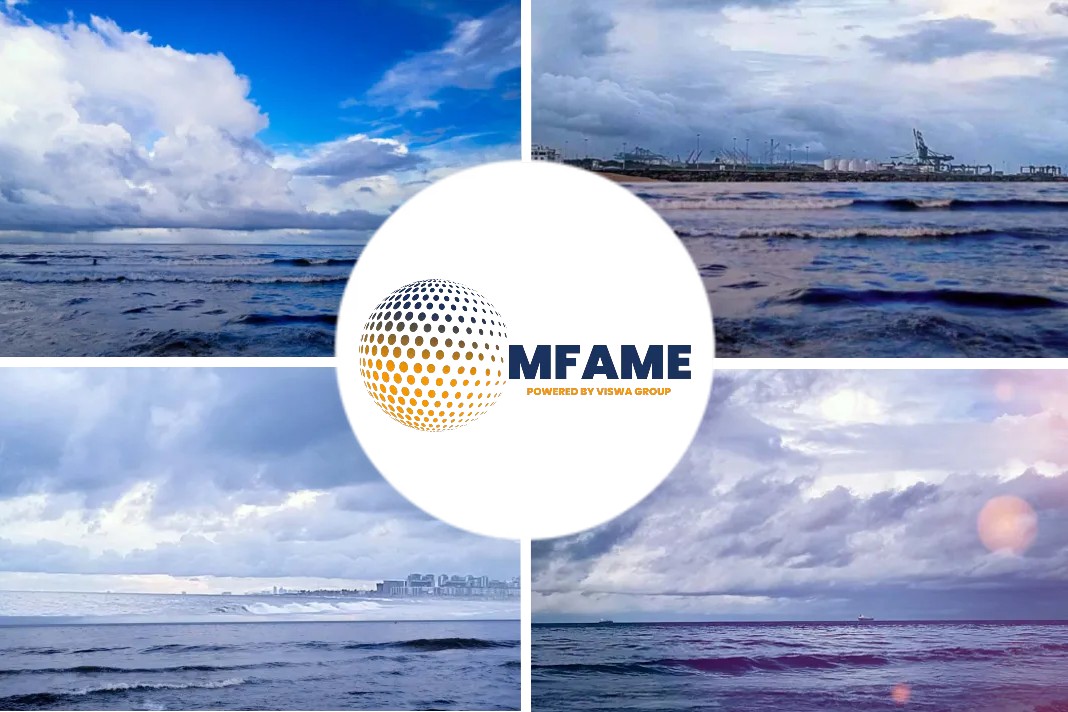In a recent development, Global Diving & Salvage, Inc. has done mobile ballast water treatment system demonstration called Ballast Responder, on board the 730-foot bulk carrier Tim S. Dool on the Great Lakes. The new system allows for contingency ballast water treatment in a variety of ecologically-sensitive and emergency conditions, writes Joseph Keefe in an article in the MarineLink.
How did it fare?
“Equipment was operational within eight hours of arrival and the first set of tanks were fully treated, neutralized, and ready to discharge only 20 hours later,” said Glosten Principal and ballast water treatment expert Kevin Reynolds, PE.
The first test treated three ballast water tanks totaling 2,400 cubic meters that was taken up in Lake Ontario. The ballast water was treated and neutralized in-tank during the transit through the Welland Canal and then discharged in Lake Erie. The second test was also performed in-voyage, this time treating another 2,400 cubic meters of ballast water taken up outside of the Detroit River and discharged in Lake Superior. “This deployment provided the opportunity to evaluate the performance and practicality of Ballast Responder on a working Great Lakes bulk carrier to treat challenging fresh water and challenging tank configurations,” said Reynolds.
What’s its purpose of use?
The mobile ballast water treatment system was developed by Glosten in cooperation with Global, the US Geological Survey, and US National Park Service. The small mobile system is designed to be easily transported to any location to treat vessels that have unmanaged or untreated ballast water in port, grounding, or other emergency situations. The Great Lakes demonstration was supported by the National Park Service and the Chamber of Marine Commerce, and was conducted on an Algoma Central Corporation cargo vessel.
Why is it important?
“Having the ability to perform contingency treatment of ballast water on ships that are working the Great Lakes is very important to us,” shared Phyllis Green, Superintendent of Isle Royale National Park in Lake Superior. Moss Landing Marine Laboratories was on board the Dool during the voyage to perform an independent assessments of system biological efficacy. Biological efficacy, deployment practicality, and lessons learned will be reported following assessment and review by stakeholders.
The Great Lakes deployment marks the second recent deployment of the Ballast Responder. In May 2018, Global and Glosten employed the Ballast Responder on board a 350-foot cargo vessel in a live deployment. That deployment treated 3,990 tons of ballast water from the vessel’s six tanks. “Global is looking forward to the results of the Great Lakes demonstration. We are excited to now offer this service to the Great Lakes,” David DeVilbiss, VP of Casualty & Emergency Response for Global Diving & Salvage.
How is it done?
“Our shipowner members face ongoing challenges to find ballast water treatment systems suitable for Great Lakes operations,” said Bruce Burrows, President of the Chamber of Marine Commerce. “This demonstration plays one part of our members’ broader research efforts. The Ballast Responder is not suitable as a permanent on-board treatment system, but it certainly can fulfill an important need for water treatment in specific circumstances.”
The Ballast Responder unit is presently located in Seattle, WA, with a second kit to be positioned in the Great Lakes for availability to the industry on AIS containment and contingency projects. This Great Lakes demonstration was funded by National Park Service, Chamber of Marine Commerce, the St. Louis County, MN AIS Prevention Program, and Izzac Walton League of America. Logistics and support were performed by Algoma Central Corporation, Global, and Glosten.
Did you subscribe for our daily newsletter?
It’s Free! Click here to Subscribe!
Source: Global Diving & Salvage

















